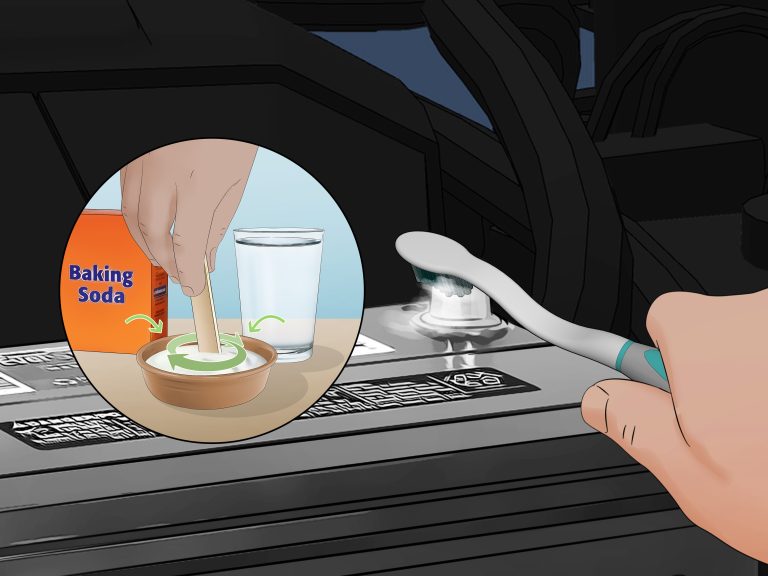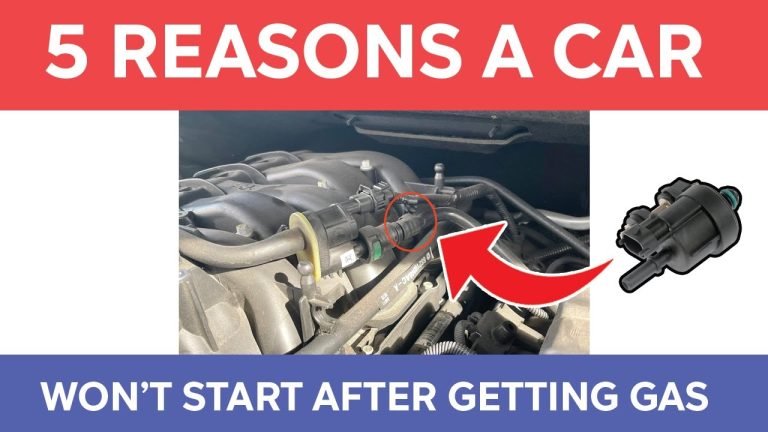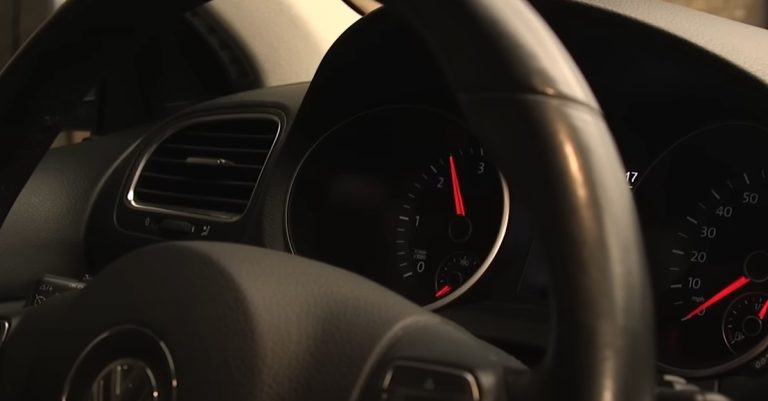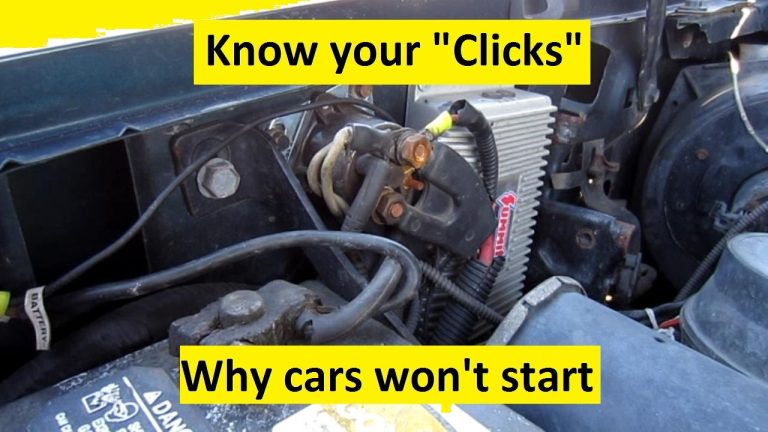What to Do When Car Overheats: Quick Fixes & Tips
If your car overheats, pull over safely and turn off the engine. Let it cool completely before opening the hood. Check coolant levels and add if needed. Avoid driving until the issue is resolved. If unsure, call roadside assistance or a mechanic to prevent serious engine damage.
Panic starts to set in as you wonder what to do next. Don’t worry. You’re not alone, and there are straightforward steps you can take to handle this situation. When your car overheats, it can be stressful, but knowing exactly what to do can save you time, money, and stress.
This guide will walk you through each step, so you can act quickly and calmly. By understanding what causes your engine to overheat and how to address it, you can protect your vehicle and get back on the road with confidence. Curious about what might be causing the issue and how to prevent it in the future? Keep reading to empower yourself with the knowledge you need to tackle this common car problem head-on.

Credit: www.youtube.com
What to Do When Car Overheats
Signs Of Overheating
| Step | Action | Purpose |
|---|---|---|
| 1 | Pull over safely | Prevent further engine damage |
| 2 | Turn off the engine | Stop heat buildup immediately |
| 3 | Let the engine cool (15-30 mins) | Avoid burns and pressure issues |
| 4 | Open the hood carefully | Release trapped heat |
| 5 | Check coolant level | Identify if low coolant caused it |
| 6 | Add coolant if needed | Help stabilize engine temperature |
| 7 | Look for leaks or broken hoses | Spot obvious mechanical problems |
| 8 | Avoid driving if issue continues | Prevent severe engine damage |
| 9 | Call roadside assistance/mechanic | Get professional help if needed |
1. Rising Temperature Gauge
The temperature gauge is a good indicator. It should stay in the middle range. If it goes higher, there may be a problem. Pay attention to its movement. A rising gauge often signals overheating.
2. Steam From The Hood
Seeing steam means trouble. It often looks like smoke. This is a clear sign of overheating. Pull over safely if you notice steam. Continuing to drive can damage the engine.
3. Strange Smells
Overheating can cause unusual odors. A sweet smell may mean leaking coolant. Burning smells might indicate hot engine parts. Unfamiliar smells need immediate attention. Ignoring them can lead to bigger issues.
4. Warning Lights
Dashboard warning lights are important. They alert drivers to problems. If the temperature light is on, the engine is too hot. Don’t ignore these lights. They help prevent severe damage.
5. Poor Engine Performance
An overheating engine may struggle. Power loss is a common symptom. It might stutter or run roughly. These are signs to stop and check. Driving with poor performance can worsen the situation.

Credit: www.siliconehose.com
Read more: Car Won’t Start But Lights Come On: Troubleshooting Tips
Immediate Actions
Experiencing a car overheating can be stressful. Taking immediate actions is crucial. These actions prevent further damage to your vehicle. Knowing what to do keeps you safe. Below are steps to follow when your car overheats.
1. Pull Over Safely
First, find a safe place to pull over. Turn on your hazard lights. This alerts other drivers to your situation. It’s important to stay calm while doing this. A safe spot keeps you and your car out of harm’s way.
2. Turn Off The Engine
Once parked, turn off the engine immediately. This stops the engine from overheating further. Letting the engine cool down is essential. It prevents severe damage to your car. This step is vital for safety and vehicle health.
3. Wait Before Opening The Hood
Wait at least 15 minutes before opening the hood. The engine needs time to cool down. Opening it too soon can be dangerous. Steam or hot coolant can cause burns. Be patient and cautious during this time.
4. Check Coolant Levels
After the engine cools, check the coolant level. Ensure the coolant reservoir is not empty. Low coolant can cause overheating. If needed, add coolant to the reservoir. Use a cloth to open the cap safely.
5. Call For Assistance
If the problem persists, call for help. Contact roadside assistance or a mechanic. They can provide professional support. Driving a car that overheats is risky. Getting expert help ensures your car is handled properly.
Cooling Down The Engine
Experiencing an overheating engine can be stressful. Knowing how to cool it down is crucial. Proper steps ensure safety and prevent further damage. A few simple actions can make a big difference.
Check Coolant Levels
Wait for the engine to cool. Then, carefully open the hood. Locate the coolant reservoir. Check the fluid level. If low, add coolant. Use a 50/50 mix of water and antifreeze. Ensure the engine is off before opening the radiator cap. Hot steam can cause burns.
Turn On The Heater
Turning on the heater helps. It transfers heat away from the engine. Set the heater to the highest setting. Open the windows for comfort. This can provide temporary relief.
Stop The Engine
If the temperature rises rapidly, stop the engine. Find a safe spot and pull over. Let the engine cool for at least 30 minutes. This prevents further damage.
Inspect For Leaks
Look for visible leaks. Check under the car for puddles. A leak may indicate a broken hose or radiator. Addressing leaks quickly can prevent bigger issues.
Restart And Monitor
After cooling, restart the engine. Monitor the temperature gauge closely. If it rises again, seek professional help. Do not continue driving with an overheating engine.
Checking Coolant Levels
Experiencing an overheated car can be stressful. Checking coolant levels is a crucial step. Coolant prevents your engine from heating too much. If levels are low, your engine may overheat. Regular checks can save you from roadside troubles.
How To Locate The Coolant Reservoir
Open your car’s hood carefully. Look for the plastic tank near the engine. This is the coolant reservoir. It usually has a cap with a warning sign. Make sure the engine is cool before touching anything.
Assessing The Coolant Levels
Look at the side of the reservoir. You will see two lines marked “Full” and “Low.” If the coolant is below the “Low” line, it needs more. Compare the levels with the markings. This tells you how much coolant you need.
Refilling The Coolant Reservoir
Use a funnel to add coolant slowly. Pour until it reaches the “Full” line. Ensure you use the right type of coolant for your car. Check your car manual for specific instructions. Never mix different types of coolant.
Safety Precautions
Always wait for the engine to cool down. Hot engines can cause burns. Wear gloves for added safety. Follow instructions on the coolant bottle. This ensures you handle it correctly.
Signs Of Other Issues
Low coolant may point to leaks. Inspect under your car for wet spots. Check hoses for cracks or damage. Consult a mechanic if problems persist. Regular maintenance helps avoid serious issues.
Preventive Measures
Experiencing a car overheating can be stressful. Turn off the engine immediately to prevent further damage. Allow the vehicle to cool down before checking coolant levels and seeking professional help.
Preventive measures can save you from the stress and inconvenience of a car overheating. Regular maintenance and a few simple checks can ensure your engine runs smoothly. By being proactive, you can avoid costly repairs and unexpected breakdowns.
Check Your Coolant Levels Regularly
Coolant is essential for keeping your engine at the right temperature. Make it a habit to check your coolant levels every month. If the level is low, add a 50/50 mix of coolant and water
Inspect Radiator Hoses For Cracks
Radiator hoses are crucial for circulating coolant. A small crack can lead to a big problem. Every few months, take a moment to inspect your hoses for any signs of wear or leaks.
Ensure Your Radiator Cap Is Sealed Tight
A loose radiator cap can lead to coolant loss. Make sure the cap is on tight after checking or adding coolant. This simple step can prevent overheating.
Schedule Regular Engine Tune-ups
Regular tune-ups can detect issues before they become major problems. During a tune-up, your mechanic will check the engine, hoses, and belts. This can help you catch any potential issues early.
Monitor The Temperature Gauge
Your car’s temperature gauge is an important tool. If you notice it rising higher than usual, it’s a sign to pull over and let your engine cool. Don’t wait for the warning light to come on.
Keep The Cooling System Clean
A clean cooling system works more efficiently. Flush your radiator every couple of years to remove debris and old coolant. This ensures optimal performance and prevents overheating.
Use The Right Type Of Coolant
Not all coolants are created equal. Check your owner’s manual to ensure you’re using the right type for your vehicle. Using the wrong coolant can lead to poor performance and overheating.
Maintain Your Car’s Thermostat
A faulty thermostat can cause your engine to overheat. If your car takes too long to warm up or overheats quickly, it might be time to replace the thermostat. Don’t ignore these signs.
Have you ever been stuck on the side of the road due to an overheating engine? By adopting these preventive measures, you can reduce the risk of such situations. What steps will you take today to keep your car running smoothly?
Read more: Car Won’t Start in Cold: Essential Fixes & Tips

Credit: www.pandahub.com
Frequently Asked Questions
How Do You Cool Down An Overheated Car?
Pull over safely and turn off the engine. Open the hood carefully to let the heat escape. Check coolant levels and add coolant if necessary. Restart the car and monitor the temperature gauge. Seek professional help if the car continues to overheat.
How Long Should You Let Your Car Sit After Overheating?
Let your car sit for at least 30 minutes after overheating. This allows the engine to cool down safely. Once cooled, check coolant levels and look for any leaks. Restart the car only after ensuring it’s safe to do so.
Can You Still Drive Your Car If It Overheats?
Driving with an overheating car can damage the engine. Safely pull over and turn off the engine. Allow it to cool before checking coolant levels or seeking professional help. Continuing to drive may lead to costly repairs. Always address overheating issues promptly to prevent further damage.
Will My Car Be Ok After Overheating?
Overheating can cause significant damage to your car. Check for leaks, cracked hoses, or a malfunctioning thermostat. Get a mechanic to inspect your engine, radiator, and cooling system. Quick action is crucial to prevent further damage. Maintain regular maintenance to avoid future overheating issues.
What Causes A Car To Overheat?
A car can overheat due to low coolant, faulty thermostat, or broken radiator fan. Regular checks help prevent it.
Conclusion
Taking quick action helps when your car overheats. Pull over safely. Turn off the engine. Let it cool before checking. Never open a hot radiator cap. It’s dangerous. Check coolant levels once it’s cool. Add if needed. Seek professional help if unsure.
Regular maintenance can prevent overheating. Keep a watchful eye on the temperature gauge. A little caution goes a long way. Stay safe and protect your car. Remember these steps to handle overheating calmly. Your car will thank you for it.







